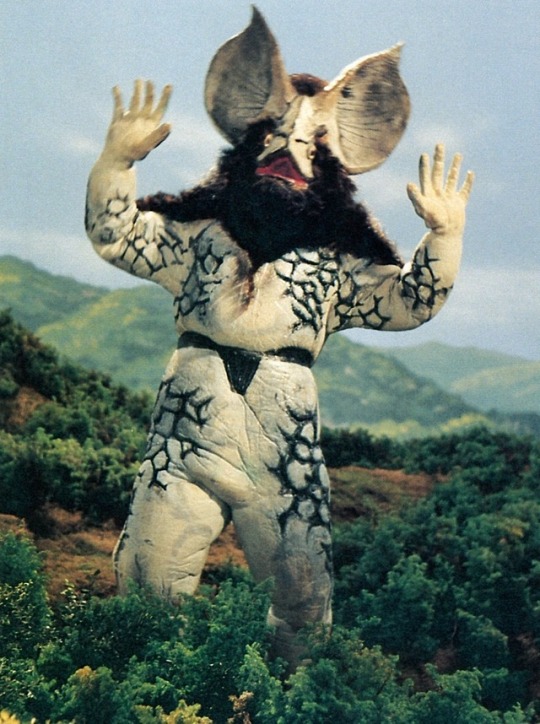#Tohl Narita
Explore tagged Tumblr posts
Text

Some groovy Baltan aliens by Tohl Narita. They look cool, but I prefer the version we got, which was just a reworked Cicada Man costume from Ultra Q.
114 notes
·
View notes
Photo
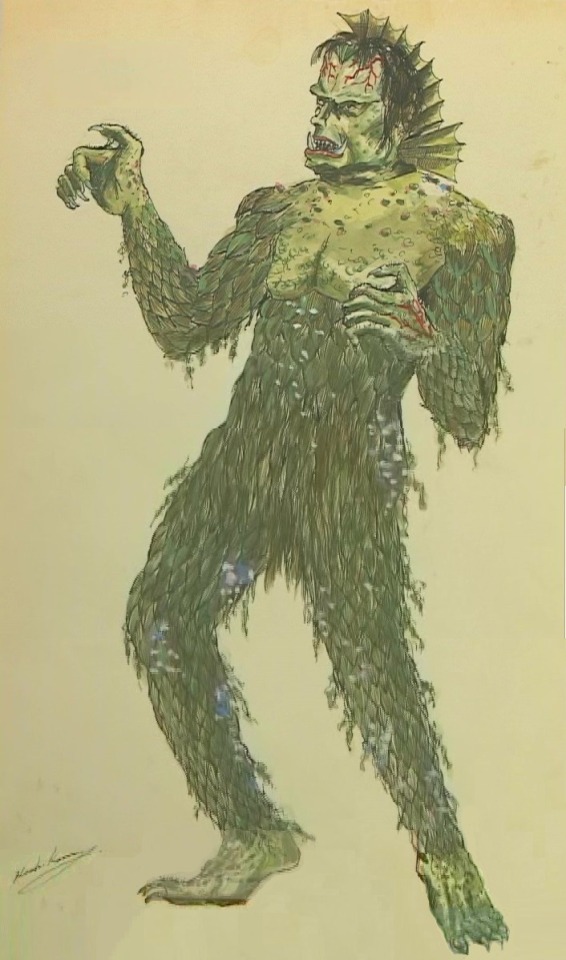


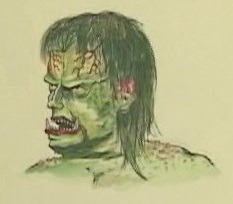

Gaira/Green Gargantua Concept Art by Tohl Narita
#concept art#gaira#green gargantua#war of the gargantuas#tohl narita#ガイラ#成田亨#フランケンシュタインの怪獣 サンダ対ガイラ#サンダ対ガイラ
134 notes
·
View notes
Text

here’s a painting I really love by tohl narita, kaiju designer for the ultra series
#avillanaccounts#tohl narita#amazing art#ultra series#kaiju#crow#corvid#crowcore#art inspiration#painting#weird#oddity#surreal#ultraman
5 notes
·
View notes
Text
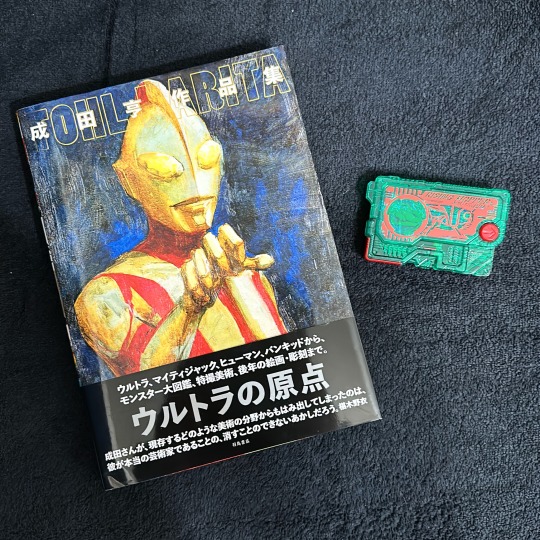
Goodies from Japan.
I’ve never been able to get into the Ultraman series but the guy who created the visual look of the classic show, Tohl Narita, is an amazing artist.
2 notes
·
View notes
Text
This interpretation is contradicted by pretty much everything but I really like the idea that Ultraman was not conscious for anything in the 1966 series when Hayata doesn’t summon him
He has no clue what’s going on, but he just loves fighting so so much
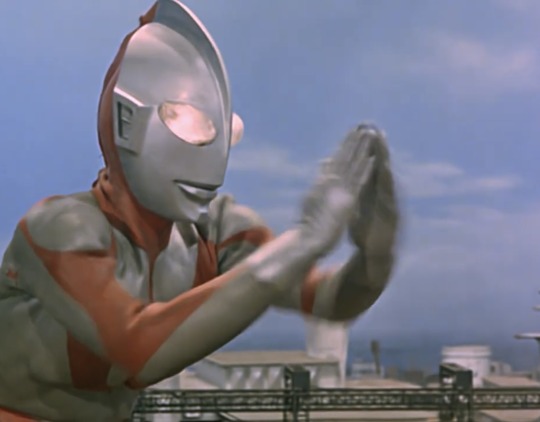
#Ultraman 1966#ultraman#this is mostly just because of an (admittedly machine translated) interview I read where I believe Tohl Narita said the smile was meant to#Be the expression a warrior confident in his strength who enjoys a good fight#Would wear to battle
59 notes
·
View notes
Text
Blog #3
Tokusatsu as one of the earliest special effects techniques in filmmaking, encompasses many aspects that I find intriguing and relevant. However, considering its professional relevance, I've decided to focus on certain series that originated in the Tokusatsu format, most of which have spanned nearly half a century of evolving eras. I'll primarily discuss the transformation of character images (as it's my area of greatest interest).
Let's start with the fictional hero Ultraman, conceived by Eiji Tsuburaya and designed by Tohl Narita. We'll explore the original series that aired in 1966 and the 2022 release of Shin Ultraman, examining the elements of design that have been carried forward and those that have changed.

Illustration of Ultraman, by Tohl Narita, from the artbook The Art of Tohl Narita (2014)

Ultraman (1966)

Shin Ultraman (2022)
Comparing to Narita's original drafts, the two versions of Ultraman have not undergone significant changes. However, it's observable that, thanks to technological advancements, Ultraman’s image has been reshaped through CGI. The peepholes in the helmet of the 1966 suit version and the color timer, initially included to limit episode duration and costs but not part of the original design, have been removed. Ultraman’s physique has been stretched to a more ethereal yet aesthetically pleasing proportion, making the overall design smoother and enhancing its alien-like appearance.
Yet, Hideaki Anno, the director of Shin Ultraman and a devoted Tokusatsu fan, held onto some peculiarities in Ultraman's CGI representation. He adamantly incorporated features of the old suit design, such as its characteristic wrinkles, into the CGI model. The glowing eyes of Ultraman were deliberately given the incomplete illumination reminiscent of old-style lights, and the head model was created by scanning the helmet used in the 1970 sequel Return of Ultraman. These elements can be seen as a fan’s tribute to long-held memories and classic elements. Surprisingly, these touches added a liveliness to the fictional character, much like how human heads are not perfectly symmetrical and skin is not completely smooth. It’s the imperfections that make something truly perfect.
References
T. Narita. (2014) The Art of Tohl Narita. Japan: Hatori Press.
Ultraman (1966) Developed by E. Tsuburaya & T. Kinjo. [TV Series]. Tsuburaya Productions.
Shin Ultraman (2022) Directed by H. Anno. [Feature Film] Toho Co., Ltd.
Return of Ultraman (1970) Developed by S. Uehara & Y. Hashimoto. [TV Series]. Tsuburaya Productions.
0 notes
Text
Academic Blog #6
Tokusatsu as one of the earliest special effects techniques in filmmaking, encompasses many aspects that I find intriguing and relevant. However, considering its professional relevance, I've decided to focus on certain series that originated in the Tokusatsu format, most of which have spanned nearly half a century of evolving eras. I'll primarily discuss the transformation of character images (as it's my area of greatest interest).
Let's start with the fictional hero Ultraman, conceived by Eiji Tsuburaya and designed by Tohl Narita. We'll explore the original series that aired in 1966 and the 2022 release of Shin Ultraman, examining the elements of design that have been carried forward and those that have changed.
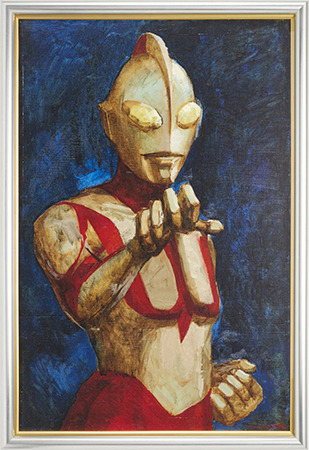
Illustration of Ultraman, by Tohl Narita, from the artbook The Art of Tohl Narita (2014)

Ultraman (1966)
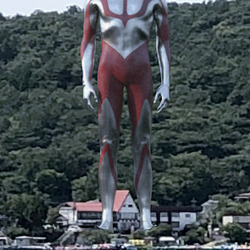
Shin Ultraman (2022)
Comparing to Narita's original drafts, the two versions of Ultraman have not undergone significant changes. However, it's observable that, thanks to technological advancements, Ultraman’s image has been reshaped through CGI. The peepholes in the helmet of the 1966 suit version and the color timer, initially included to limit episode duration and costs but not part of the original design, have been removed. Ultraman’s physique has been stretched to a more ethereal yet aesthetically pleasing proportion, making the overall design smoother and enhancing its alien-like appearance.
Yet, Hideaki Anno, the director of Shin Ultraman and a devoted Tokusatsu fan, held onto some peculiarities in Ultraman's CGI representation. He adamantly incorporated features of the old suit design, such as its characteristic wrinkles, into the CGI model. The glowing eyes of Ultraman were deliberately given the incomplete illumination reminiscent of old-style lights, and the head model was created by scanning the helmet used in the 1970 sequel Return of Ultraman. These elements can be seen as a fan’s tribute to long-held memories and classic elements. Surprisingly, these touches added a liveliness to the fictional character, much like how human heads are not perfectly symmetrical and skin is not completely smooth. It’s the imperfections that make something truly perfect.
References
T. Narita. (2014) The Art of Tohl Narita. Japan: Hatori Press.
Ultraman (1966) Developed by E. Tsuburaya & T. Kinjo. [TV Series]. Tsuburaya Productions.
Shin Ultraman (2022) Directed by H. Anno. [Feature Film] Toho Co., Ltd.
Return of Ultraman (1970) Developed by S. Uehara & Y. Hashimoto. [TV Series]. Tsuburaya Productions.
0 notes
Link
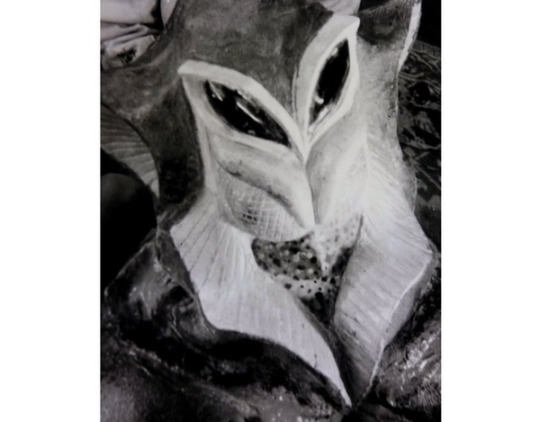



#alien mefilas#ultraman#kaiju design#monster suit making#tokusatsu#sfx#science fiction#sci-fi#sci-fi fantasy#tv show#tsuburaya productions#tohl narita#ryosaku takayama
10 notes
·
View notes
Photo
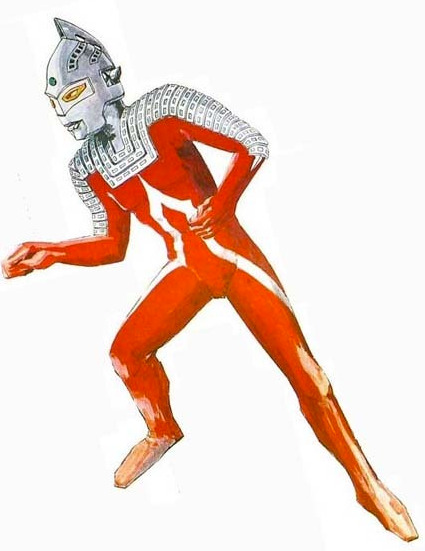
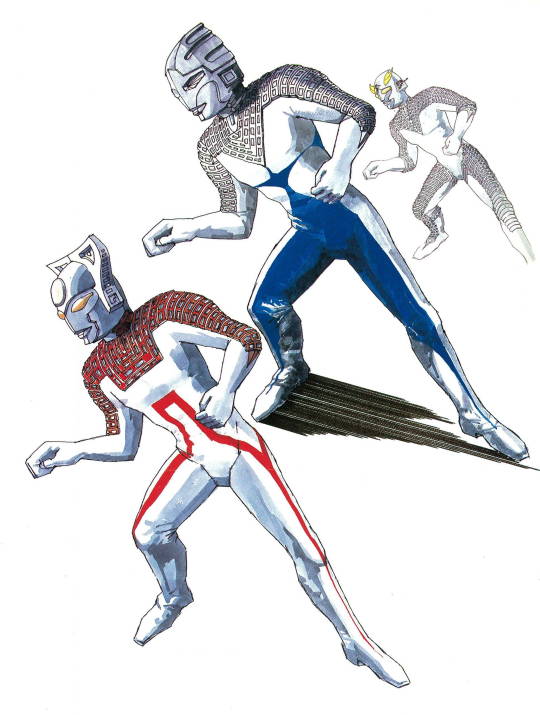
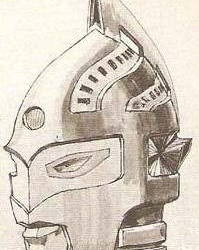

Ultraseven (1967) Concept Art by Tohl Narita
26 notes
·
View notes
Text

Nice design by Tohl Narita, but I'm ashamed to say I don't know who this character is.
Looks like an alternate Ultra or some other character for a Tsuburaya series.
ADDENDUM:
I since been able to do some research and found that this is the design for the hero Human No. 1 from the tokusatsu series Assault! Human (1972), which was a co-production of Nippon TV and Union Motion Picture Company, and NOT a Tsuburaya production.
All 13 episodes of the series were live performances recorded at various locations around Japan and then broadcast on TV.
Unfortunately, the master tapes of the recordings were overwritten, and no copies are known to exist. That is why this series has never been released to home video. Assault! Human is considered a lost series.
Stills and some video footage that remains are mostly from private collections of people who attended the live performances.
Toho eventually acquired many of the gaijin suits for use in the 1973 television series Go! Greenman.
16 notes
·
View notes
Photo
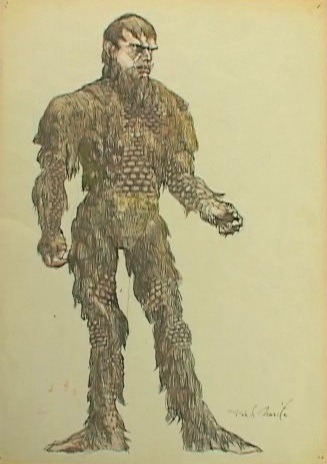
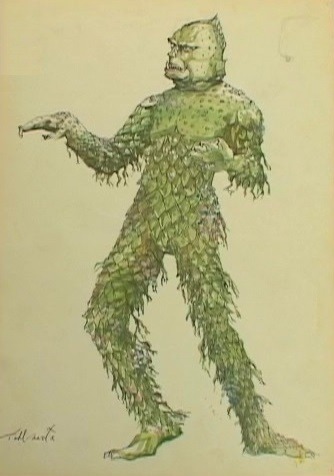


Sanda and Gaira Concept Art by Tohl Narita
#concept art#sanda#gaira#brown gargantua#green gargantua#war of the gargantuas#tohl narita#成田亨#サンダ対ガイラ#フランケンシュタインの怪獣 サンダ対ガイラ
86 notes
·
View notes
Text

coin monster kanegon
#avillanart#kanegon#ultra q#ultra series#ultraman#kaiju#kaiju art#tohl narita#procreate#digital art#fantastical
2 notes
·
View notes
Text
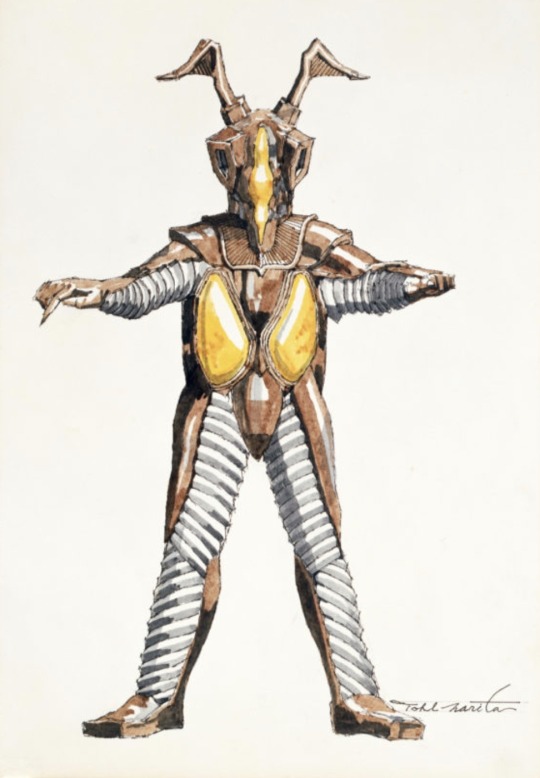
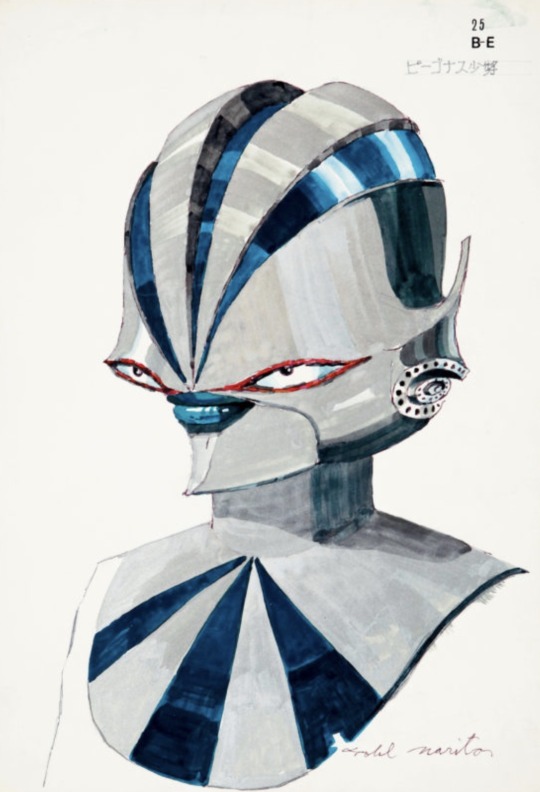


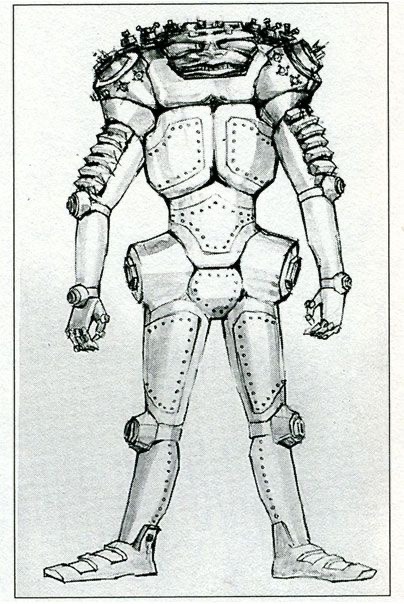

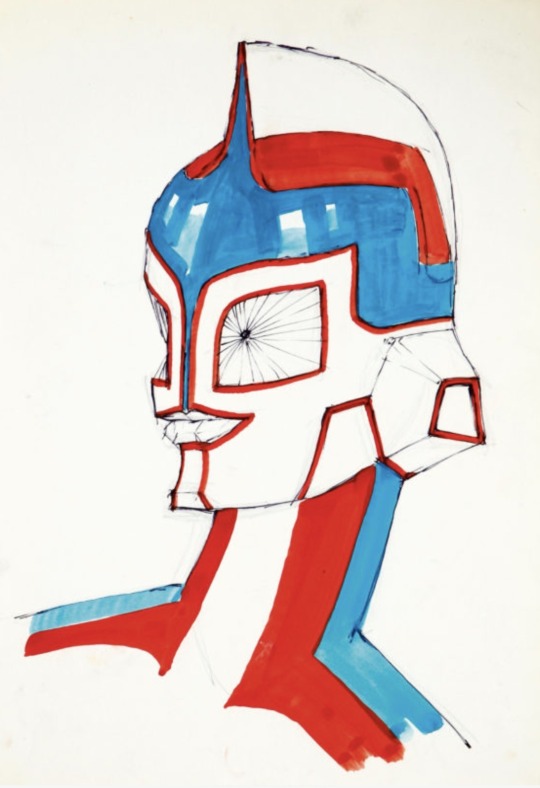
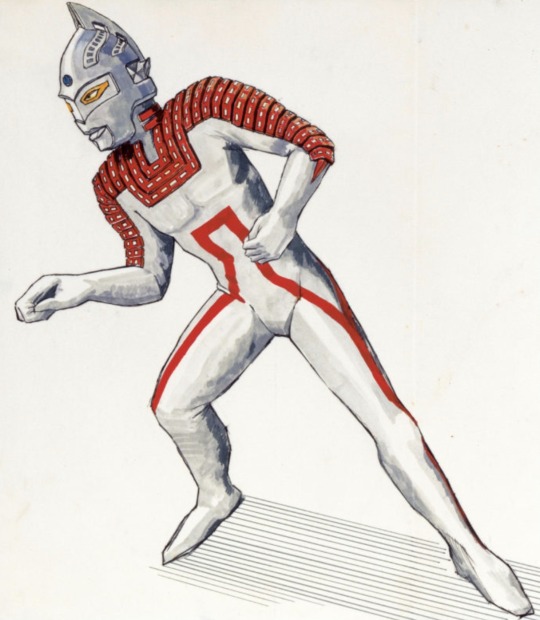
Designs by Tohl Narita for the ULTRA series.
#ultraman#tohl narita#japan#concept art#art#design#production art#ultra#kaiju#sci fi & fantasy#scifi
1K notes
·
View notes
Text
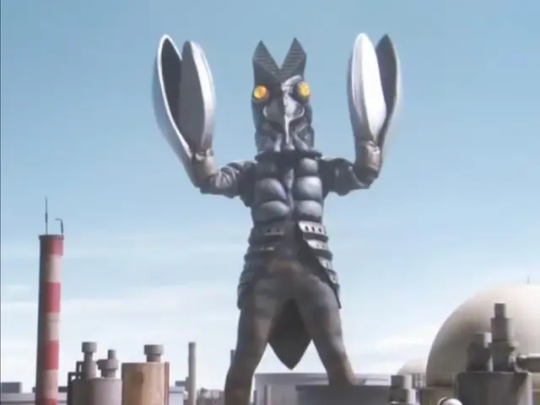

It has been stripped of everything that makes it loveable

Look at this charming beautiful beast

#‘’Oh we made the Ultraman kaiju sexy!’’#In what world is boring anime girl sexier than a Tohl Narita design#that is an official design I would like to add
3 notes
·
View notes
Photo
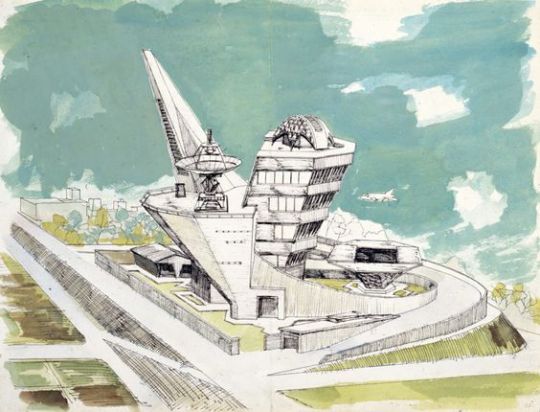


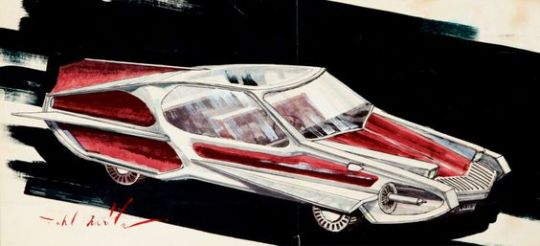
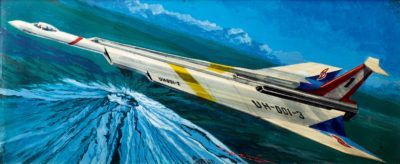

Some of production designer Tohl (Toru) Narita’s mechanical design ideas from 1966′s Ultraman and 1967′s Ultraseven.
146 notes
·
View notes
